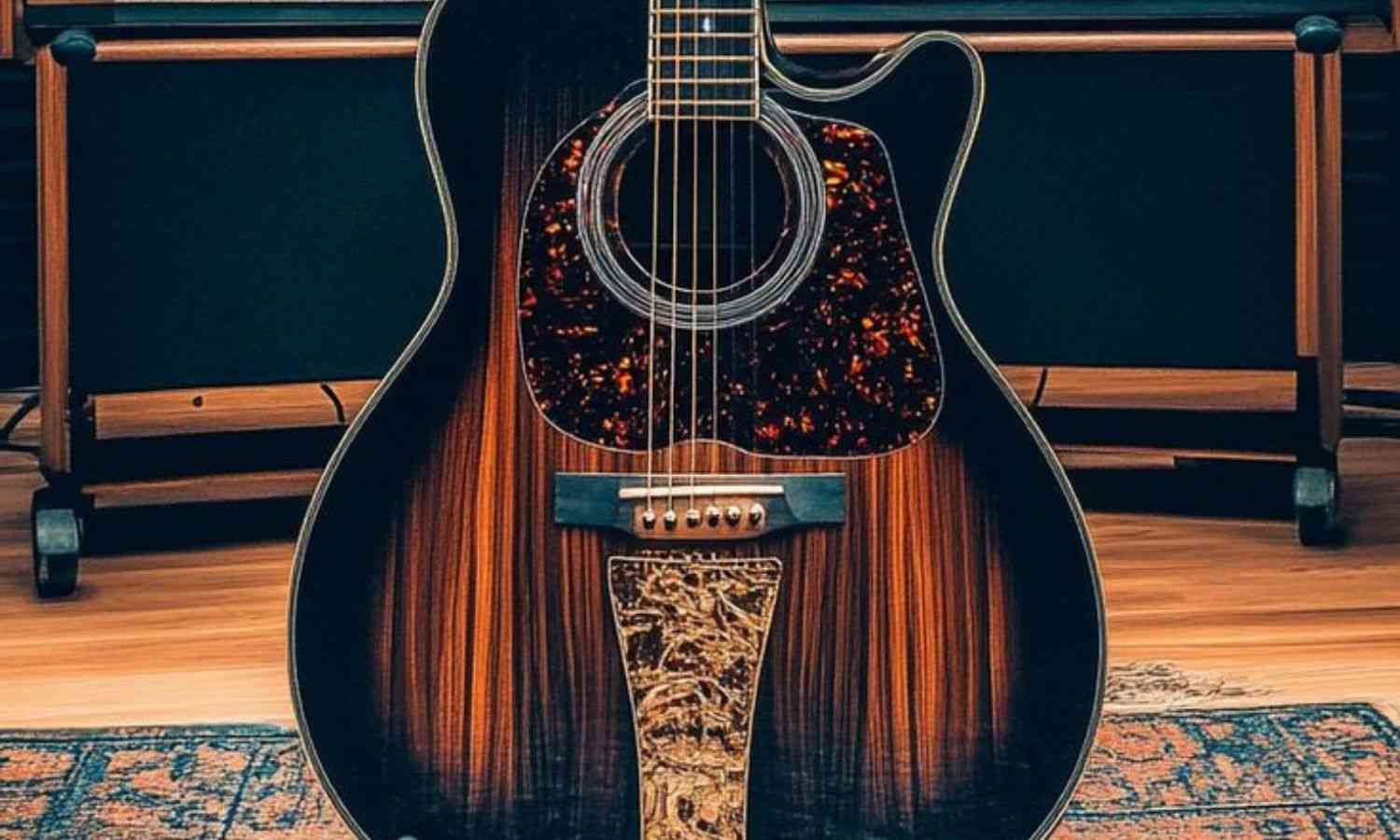Whether you're strumming your first strings or just trying to make sense of the endless chord diagrams online, understanding guitar chords (chord gitar) is your first real step toward becoming a confident player. Chords are the backbone of nearly every song, and once you get comfortable with a few of them, you’ll be able to play hundreds of popular tunes.
In this guide, we'll break down:
-
What chords are
-
The most important beginner chords
-
How to practice them effectively
-
And how to apply them to a song — using Let It Be by The Beatles as an example
What Are Guitar Chords?
A chord is a group of notes played simultaneously. On the guitar, these are formed by pressing down strings on different frets while strumming or picking. Each chord has its own sound, mood, and use in different genres — major chords are often happy, minor ones are moody or sad.
The beauty of the guitar is that you don’t need to read sheet music to get started. Just learning a few basic chords can get you playing in minutes.
The Essential Chords Every Beginner Should Know
Most beginner guitarists start with these open chords, called so because they use open strings (not pressed down):
-
C Major (C)
-
A Minor (Am)
-
G Major (G)
-
E Minor (Em)
-
D Major (D)
-
A Major (A)
-
E Major (E)
Each of these chords uses just three or four fingers and forms the basis for thousands of songs. Learning them first gives you the most value for your time.
How to Read Chord Diagrams
A chord diagram looks like a grid. The vertical lines are the guitar strings (from low E to high E), and the horizontal lines are the frets. Dots show where to place your fingers. “X” means don’t play that string; “O” means play it open.
Let’s look at C Major as an example:
lua
CopyEdit
e|---0--- B|---1--- G|---0--- D|---2--- A|---3--- E|---X---
This tells you:
-
Don’t play the low E string.
-
Press the 3rd fret of the A string (with your ring finger).
-
Press the 2nd fret of the D string (middle finger).
-
Press the 1st fret of the B string (index finger).
-
Let the G and high E strings ring open.
Practicing Guitar Chords the Right Way
When practicing chords:
-
Start slow. Don’t rush from chord to chord.
-
Use a metronome if possible.
-
Strum lightly and focus on getting clean sound from each string.
-
Switch between chords regularly — this builds muscle memory.
-
Play simple songs that use just 3–4 chords.
Applying Chords to Songs: "Let It Be" by The Beatles
Now, let’s use a real-world example — Let It Be by The Beatles. This classic song is a perfect beginner piece because it uses easy chords and a slow, steady rhythm.
Chords used in Let It Be:
-
C Major
-
G Major
-
A Minor
-
F Major
Here's a simplified chord progression for the verse:
mathematica
CopyEdit
C G Am F When I find myself in times of trouble C G F C Mother Mary comes to me
Strumming pattern suggestion: Down, down, up, up, down, up
That’s it. These 4 chords and a steady strum can have you playing this iconic song in no time. It's a great example of how simple chord structures form the foundation of legendary music.
Tips for Mastering Tougher Chords
Not all chords are easy. The F Major chord is a classic beginner challenge because it requires a barre (pressing down multiple strings with one finger). Here’s how to get it right:
-
Start with an easier version (Fmaj7 or mini-F barre)
-
Strengthen your index finger gradually
-
Use proper thumb positioning behind the neck
-
Keep your elbow down and close to your body
Don’t get discouraged — even seasoned players struggled with barre chords at first.
Common Mistakes Beginners Make
-
Not pressing hard enough — which leads to buzzing sounds
-
Touching other strings accidentally — muting the sound
-
Skipping slow practice — which leads to messy transitions
-
Not tuning the guitar — practice on an out-of-tune guitar sounds bad and discourages you
Fix these early and your learning curve will be much smoother.
Using Online Tools and Mobile Apps
Several online tools and apps can help you practice:
-
Ultimate Guitar: chord sheets and tabs for every song imaginable
-
Fender Play or Justin Guitar: video lessons for free and paid tiers
-
Yousician: gamified learning experience
-
GuitarTuna: tuner + chord library
These can make your learning process interactive and even fun.
Final Words: Keep Playing!
Guitar chords may seem daunting at first, but like learning a new language, the more you speak (or strum), the easier it becomes. Within a few weeks of consistent practice, you'll be amazed at how many songs you can play using just the basics.
Start small. Stay consistent. And always remember — the goal is to play music, not just practice it.
So grab your guitar, learn those chords, and let the music begin.
With inputs from agencies
Image Source: Multiple agencies
© Copyright 2025. All Rights Reserved Powered by Vygr Media.






















